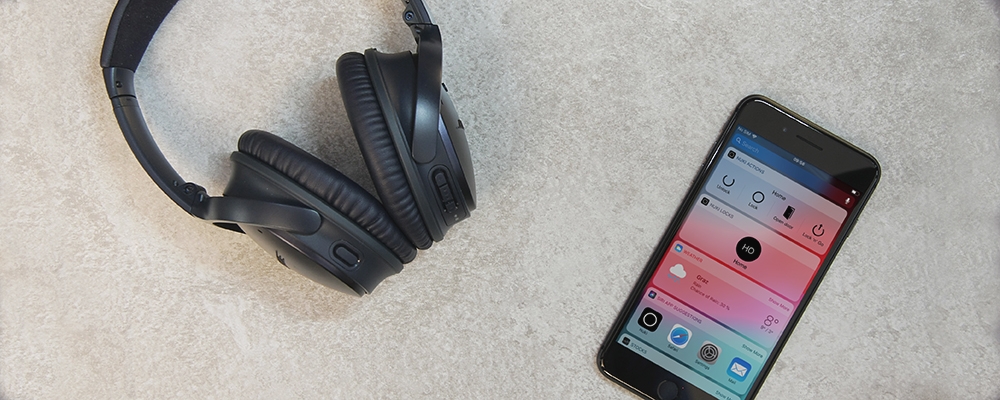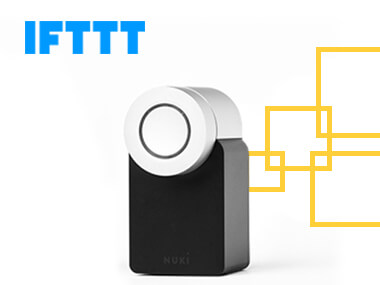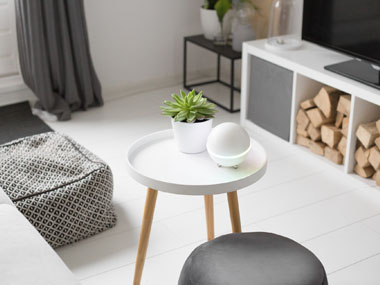
Smart Home Standard – Bluetooth
Smart HomeIn our “Smart Home Standards” series, we discuss the most commonly-used protocol standards in the smart home industry. This post explains the Bluetooth Standard which is used by Nuki.
What is Bluetooth?
For most people, Bluetooth is a well-known term for a mode of data transmission first introduced in the early 1990s. Unlike other types of connection, Bluetooth uses a method that is especially suitable for short distances. For example, the connection is quickly lost when a smartphone is moved too far away from the Bluetooth speaker it is paired with.
Every Bluetooth-enabled device has a corresponding microchip which has a transmitting and receiving unit. Furthermore, each device is assigned a unique number which is 48 bits long.
Of course, the technology has steadily improved over time and has advanced far beyond the level it was at over 20 years ago. In 2016, Bluetooth 5.0 was announced, offering greatly improved range and double the data transfer rate.
Benefits of Bluetooth Technology
Bluetooth relies on a simple and energy-efficient protocol. The standard is widely used, and has found many applications in everyday life: smartphones, speakers, headphones, controllers and smart home devices (such as the Nuki Smart Lock) are just a few examples. The protocol is therefore ideally suited for short distances.
For most devices, this standard primarily replaces one thing: cables. Thus, in many cases, the unattractive clutter of bundles of cables is a thing of the past, making desks and gaming setups much tidier.
Drawbacks of Bluetooth Technology
Although Bluetooth is ideal for data transmission over short distances, this fact is also its biggest drawback. In addition to its restricted range, its limited data transfer speed is another downside. The new Bluetooth 5 standard (used by Nuki) is intended to remedy these shortcomings and achieve faster speeds at longer ranges.
Establishing a Bluetooth connection (“Pairing”)
Connecting Bluetooth-enabled devices with each other requires only a few short steps.
First, the corresponding Bluetooth function for the devices to be paired must be switched on. In addition, the devices must also be discoverable to one another so that a connection can be established. The pairing process can then be started via a corresponding menu or keyboard shortcut. The devices should be placed as close as possible to each other. After a few seconds, a connection should have been established.
Each class has a different range:
- Class I: 100 metres
- Class II: 20 metres
- Class III: 10 metres





